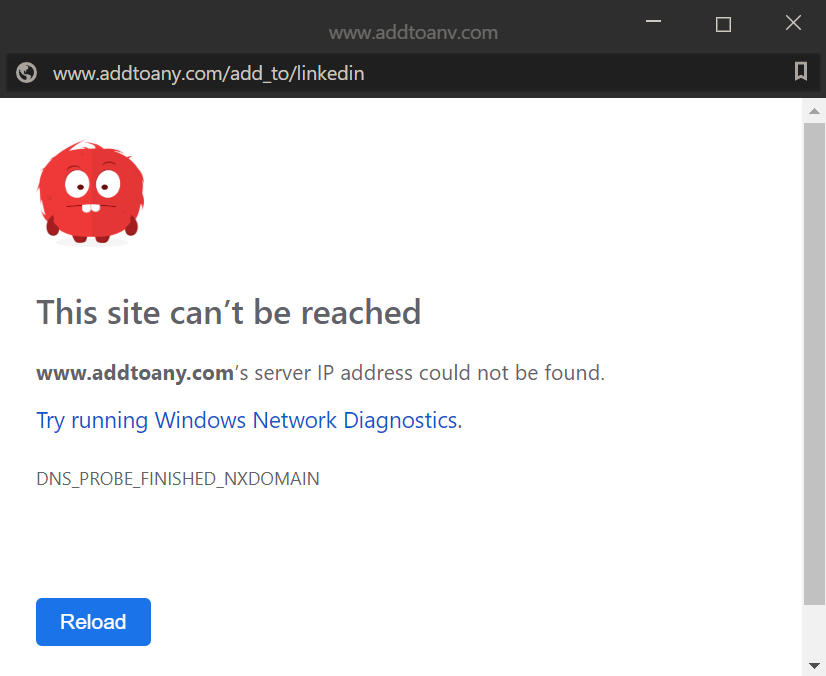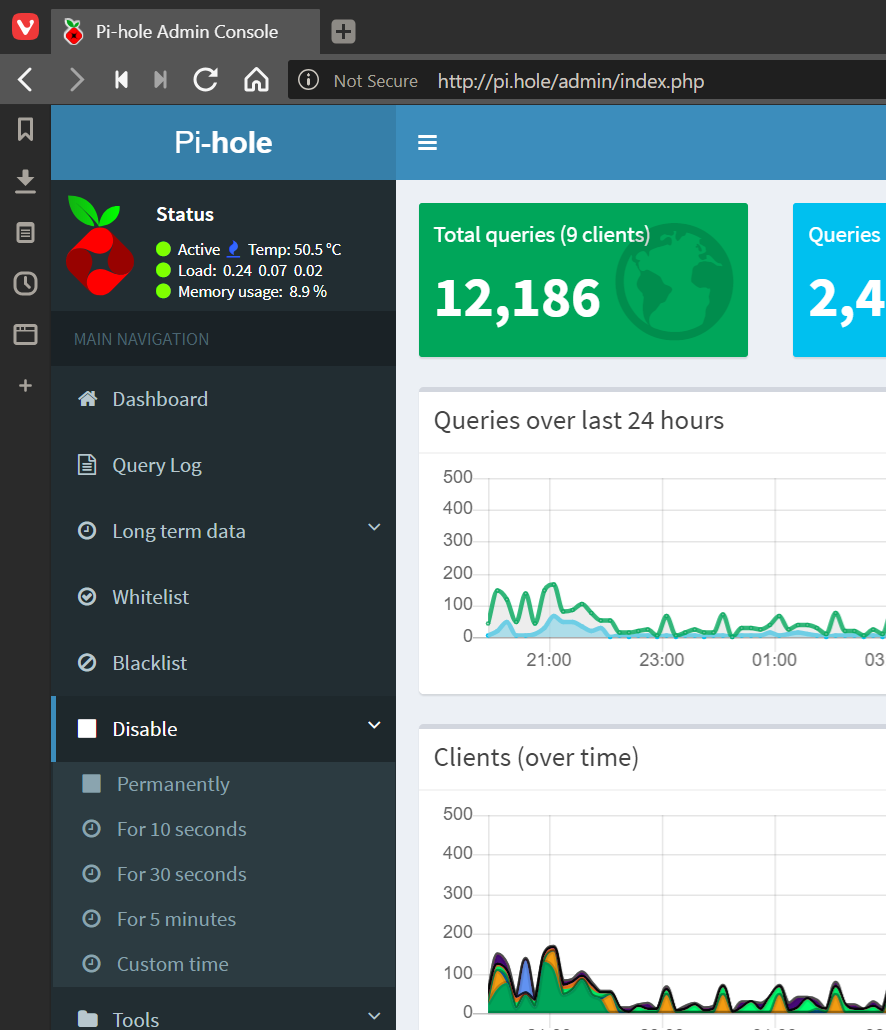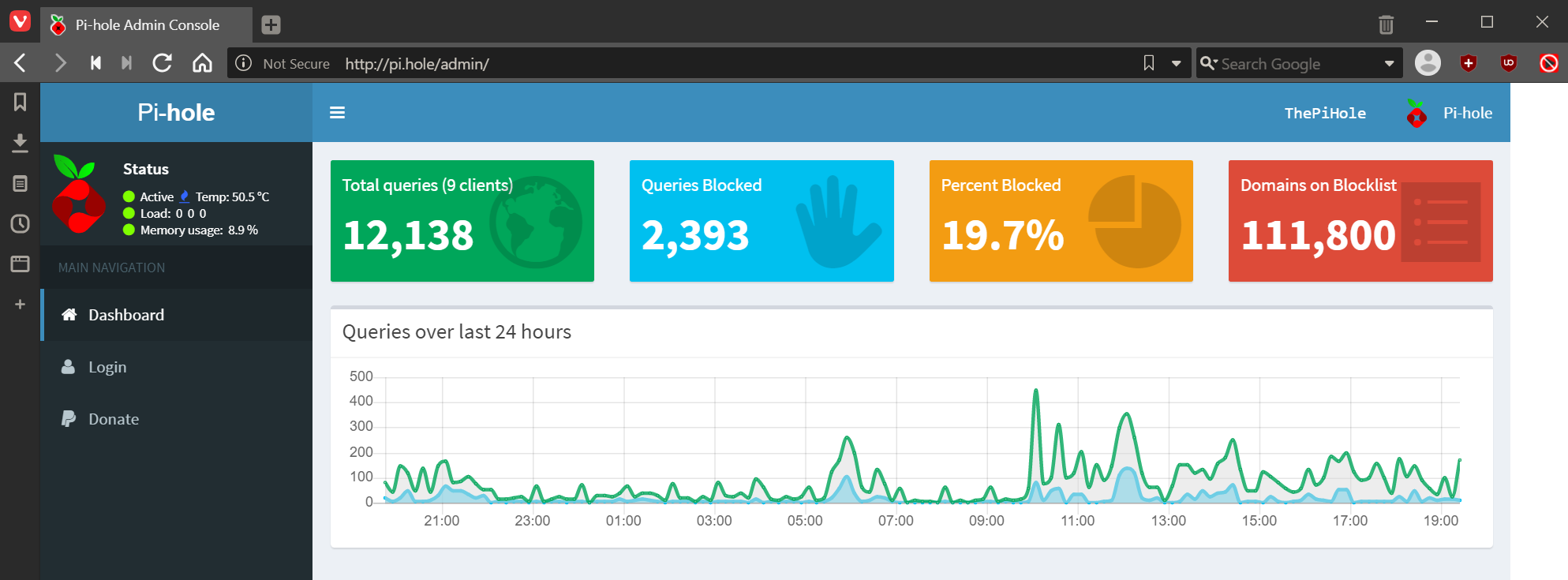 I’ve posted series on a few different ISV addons for Microsoft Dynamics GP over the last few years, but, somewhat ironically I guess, have not posted all that much about the addin I’ve used the most over the years.
I’ve posted series on a few different ISV addons for Microsoft Dynamics GP over the last few years, but, somewhat ironically I guess, have not posted all that much about the addin I’ve used the most over the years.
That addin is SmartList Builder from eOne Solutions.
SmartList Builder allows you to create both brand new SmartLists or modify existing SmartList. You can link up to 32 tables together. Tables can be standard GP tables, any of the Third Party (ISV) tables, any SQL table, SQL views or SQL Scripts, other SmartLists or Extender resources.
This series is going to cover the implementation of SmartList Builder; I’ll take a look at report builder in a future series.
| Implementing SmartList Builder |
|---|
| What is SmartList Builder? |
| SmartList Builder vs. SmartList Designer |
| Download and Install |
| Register |
| Security |
| Review |












